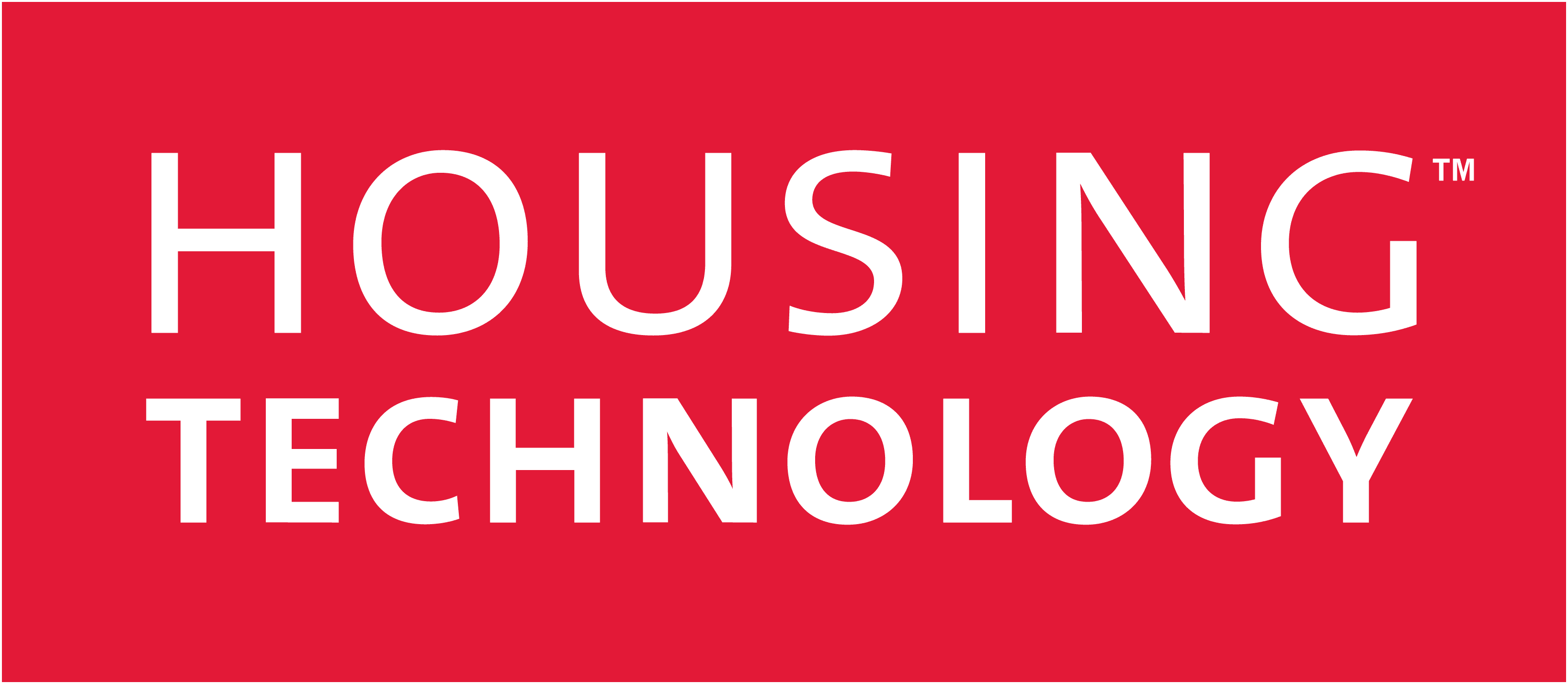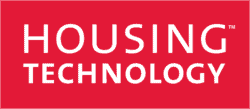Housing providers collect lots of data – there can be more than 500 data points per property – but fragmented systems, low-quality data and an inability to integrate information all stand in the way of being able to realise the potential of this rich resource.
Poor data and antiquated data systems that are no longer fit-for-purpose are a huge challenge to efficiency. Typically, systems are linked together by a complicated series of spreadsheets with no ‘golden thread’ holding them all together. This introduces the opportunity for human error in data collation and extraction. Reports are then difficult to run and require talented individuals spending large amounts of time and effort to generate the most basic of outputs. It becomes challenging to assess progress against the business plan and to be sufficiently agile to respond to events decisively.
A brave new world of accurate & reliable data
What can be done to address these issues? What if your data was meticulously cleansed to ensure it was correct and accessible? What if you had all the information and data you needed at the touch of a button? This would give your board the confidence to know and understand and the evidence to set strategic goals that are right, both for now and in the longer term.
What if every member of your team had access to the data they needed, when they needed it, across every department and level in the organisation? Imagine what could be achieved with greater transparency and availability of information, such as how much a property costs to maintain, what should happen to it in the future, and what factors were causing it to perform as it does?
Transforming your data?
It’s perfectly possible to move to a position where you know your data, have confidence in it and know which strategies to set to support your business priorities. It’s an iterative process, starting with an initial cleanse to improve accuracy and understanding, setting out a position, then testing and improving once again. The initial stage is spent cleaning up the various data sources; for example, for a finance team, this is:
- Removing properties from their list that have been sold or rebuilt under a different tenure type;
- Correcting rents that have been historically wrong, such as £96 rent charged per month where it should be per week;
- Correctly calculating three-year average voids for each dwelling.
Then the property management data will be scrutinised to ensure:
- Each unit has a plausible cyclical maintenance plan, based on actual historical repairs instead of the assumed future spend for typical properties;
- Each unit has an accurate three-year average maintenance cost;
- All the units that are being maintained are serviced by the closest maintenance office/depot;
All the units where the tenure type is market rent, shared ownership or similar are not being maintained;
All the units where the tenure type is social or affordable rent are being maintained.
What can you expect to achieve from this process?
The implementation of specialist profiling software, such the SDS Stock Profiler, will help you get your data into shape. It will be cleansed and ranked to enable you to start the cycle of knowing your data assets and stock, which properties are profitable, and which ones are unsustainable.
The data is honed to capture specific data points such as level of investment, day-to-day repairs, income, value, worth, quantified value, social investment, spend day-to-day, income, net present value, existing use value and energy efficiency.
You should expect to see a one-view report of performance against business priorities at the push of a button. The data is live, and the reports are up-to-date and refreshed in real time. From here a position statement (not just a report) is generated to highlight which elements of the asset portfolio need further investigation and which elements are operating with a good NPV.
Information from across the organisation is now accessible in a single point of contact where further investigation and action can be taken.
Examples of data cleansing
We have been working for several years with some housing providers on improving their data quality and ability to extract the information they need quickly and easily. We found numerous examples of how poor data quality and collation were resulting in poor performance and inefficiencies. For example, we identified a 15 per cent cost-saving for one provider undertaking a £150m+ 30-year planned maintenance programme simply through the identification of double counting.
What are the benefits of data you can trust?
Greater efficiency – huge savings in cost and time: you will be able to generate your performance insights across your business without the need for intermediaries to expensively collect and clean data.
Better decision-making: you will be able to bring together data on tenants or assets quickly and easily and use it to drive decisions in your businesses at a time when doing that right is more important than ever.
Confidence in the data: you will have confidence that the reports you are extracting are correct, up-to-date and have taken all of the appropriate data sets into account.
In short, you can begin to get a grip on driving value across your business in ways that haven’t been possible before, or at least not without huge effort, and ultimately this will lead your organisation to long-term sustainability and growth.
Rowley Maggs is a director of SDS.


